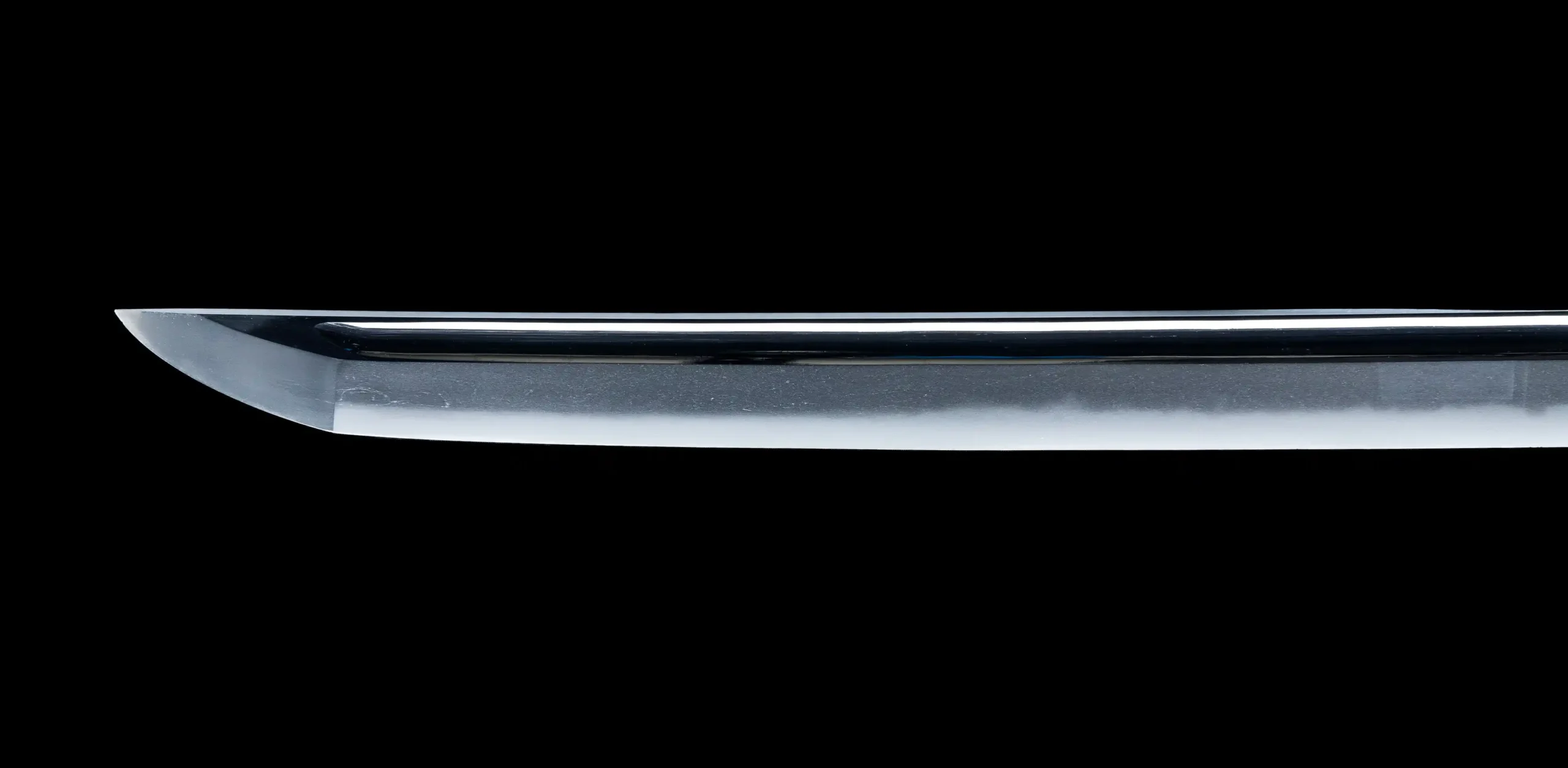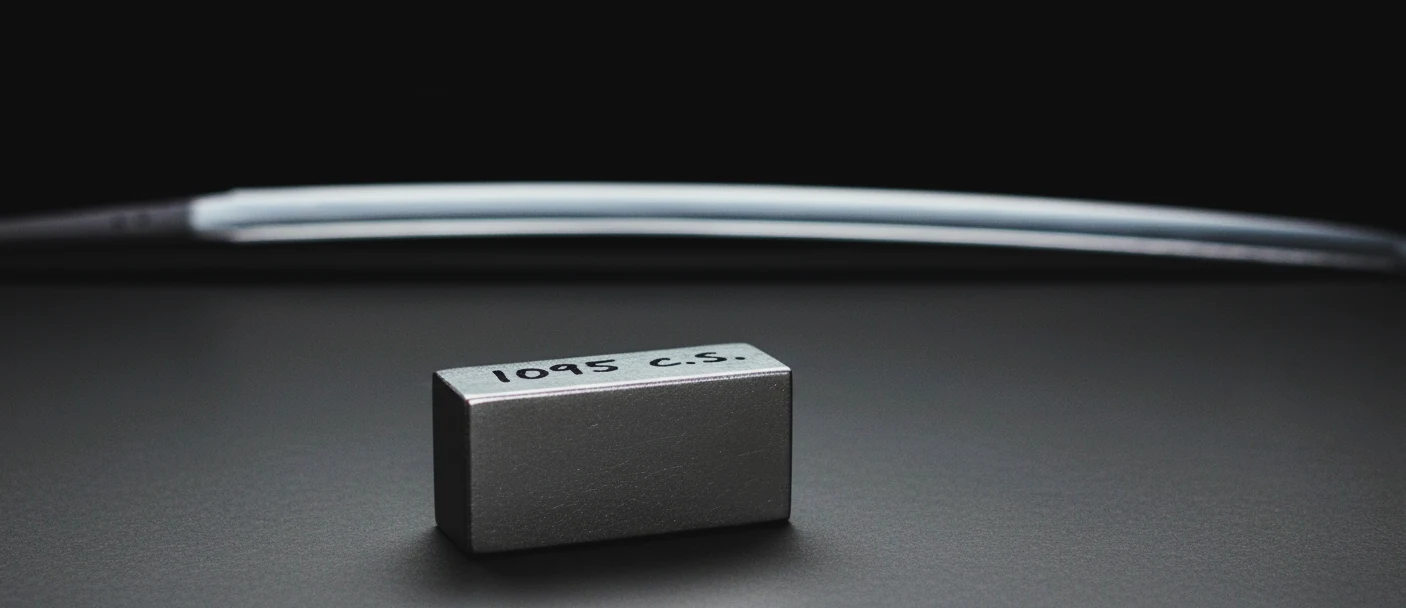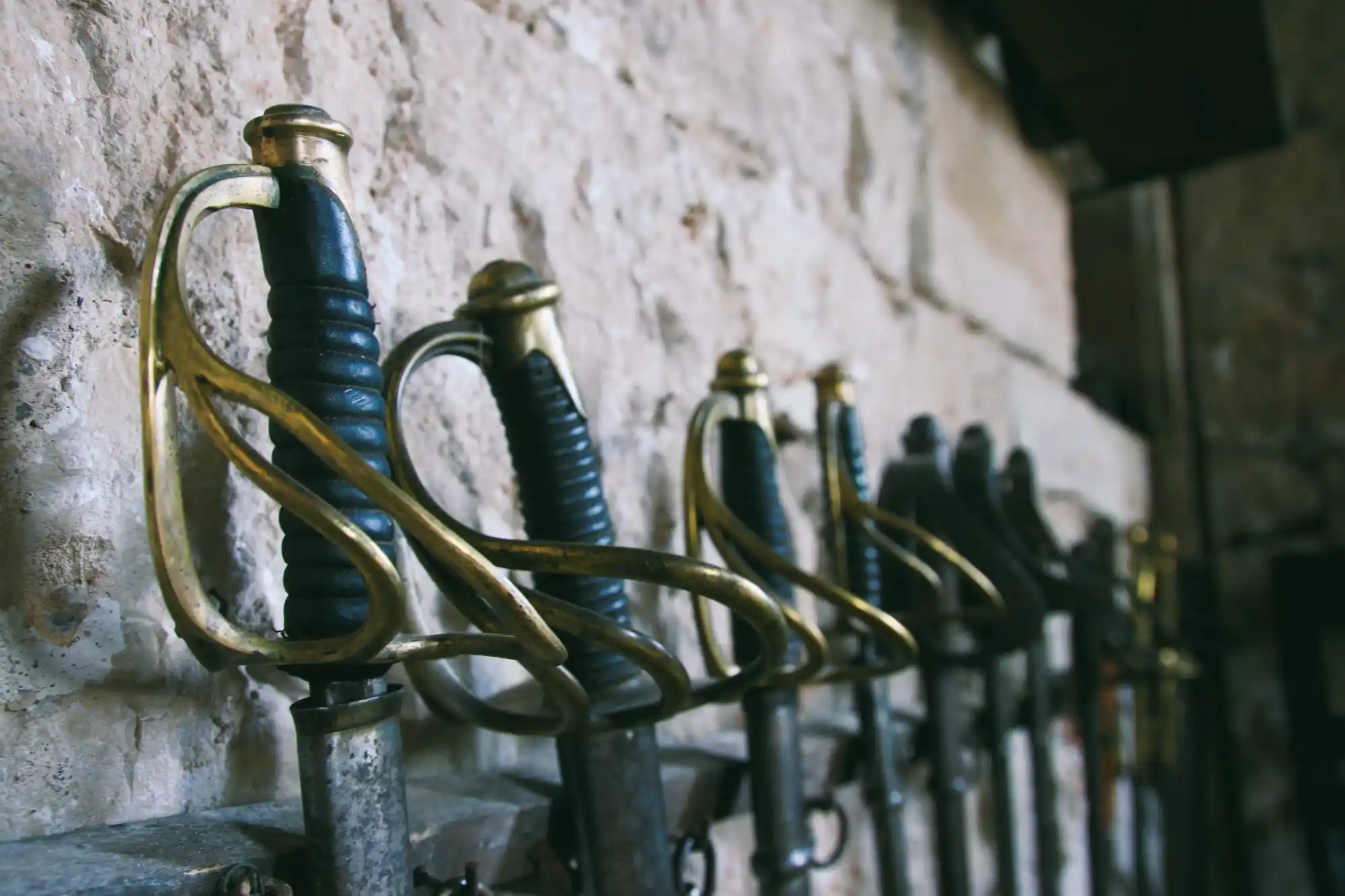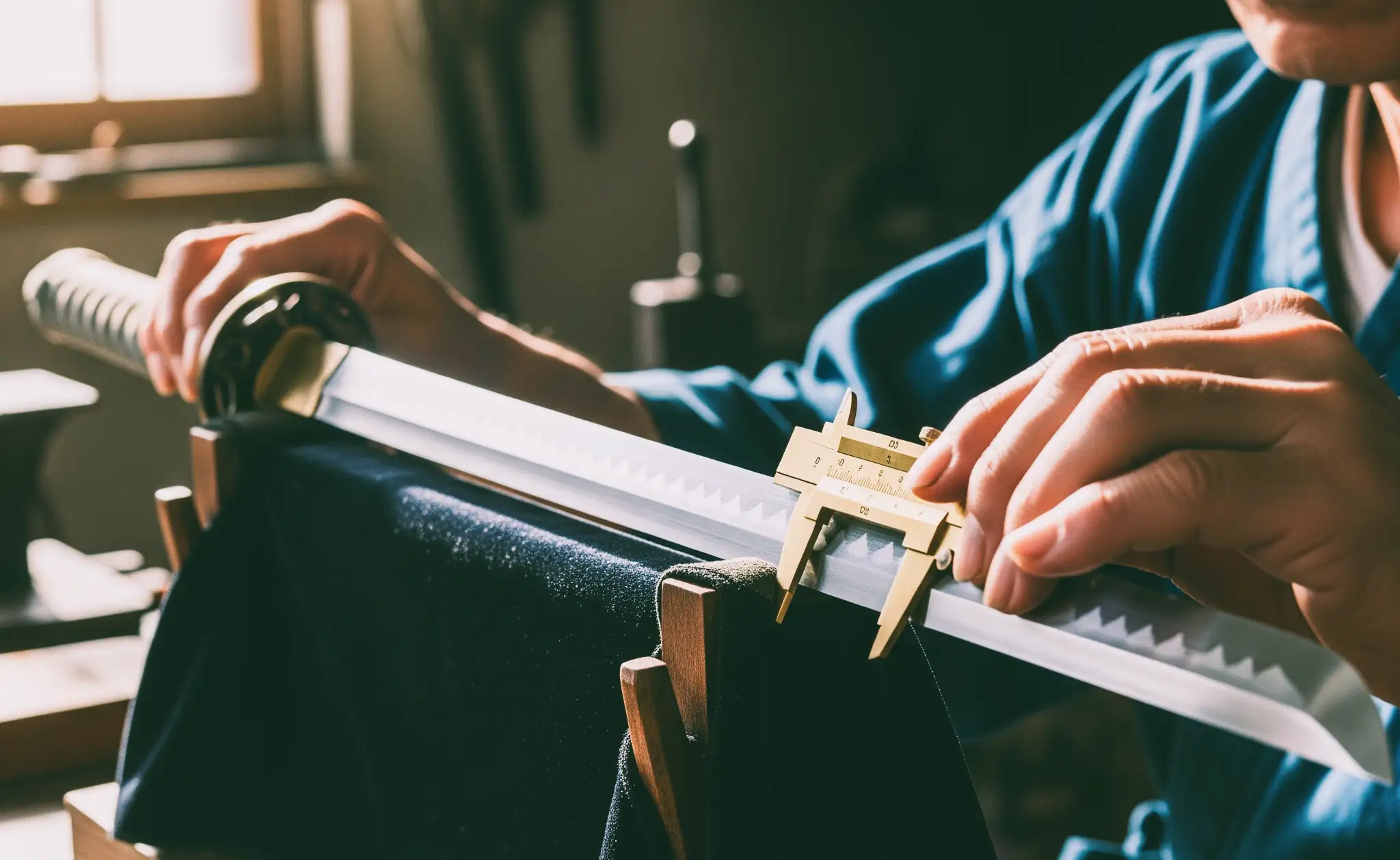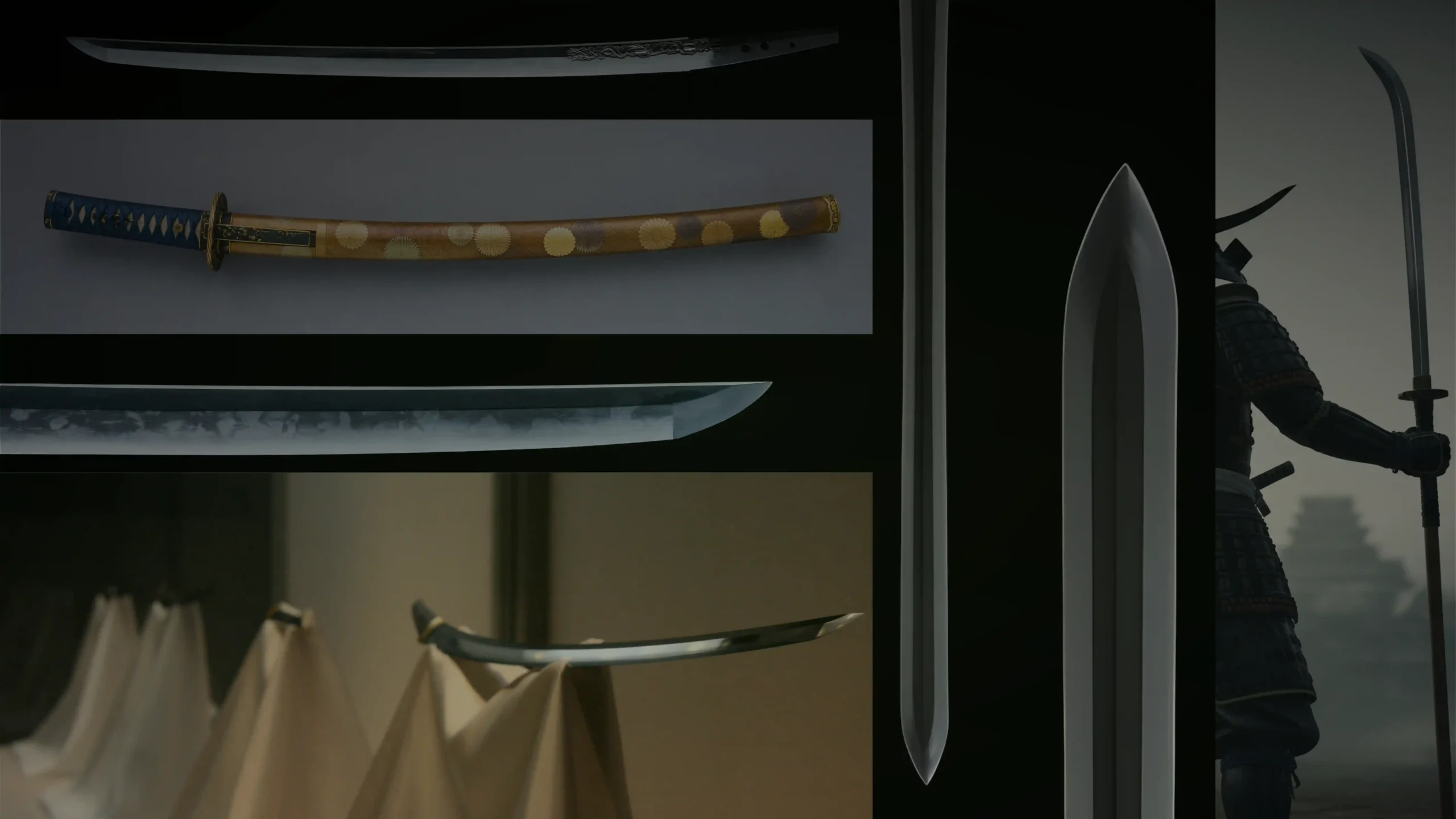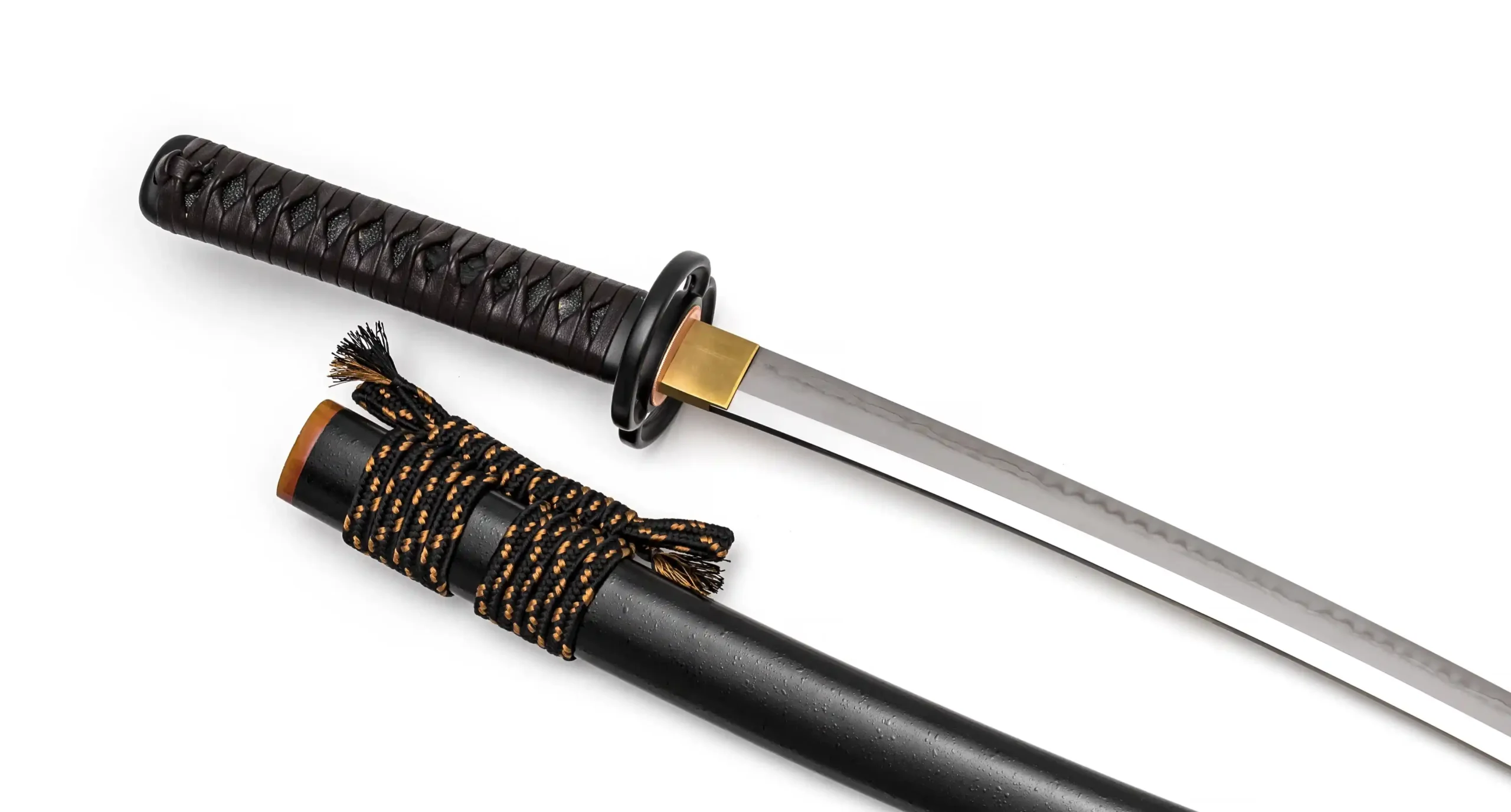We may earn revenue from the products available on this page and participate in affiliate programs. Learn more >
Learning how to use a rapier properly is as elegant as the weapon itself. Historically favored by nobles and duelists, the rapier served as a weapon for dueling and self-defense. In this guide, you’ll learn the key techniques—thrusting, cutting, and practical fighting—that will help you handle your rapier like a pro.
Getting Started
After you’ve learned the basics of how to hold the rapier, make sure you’re comfortable and confident with your grip. Once you feel steady, focus on smooth, controlled movements to ensure you’re fully comfortable before moving forward. Practice regularly to build muscle memory and improve your coordination.
How to Thrust with a Rapier
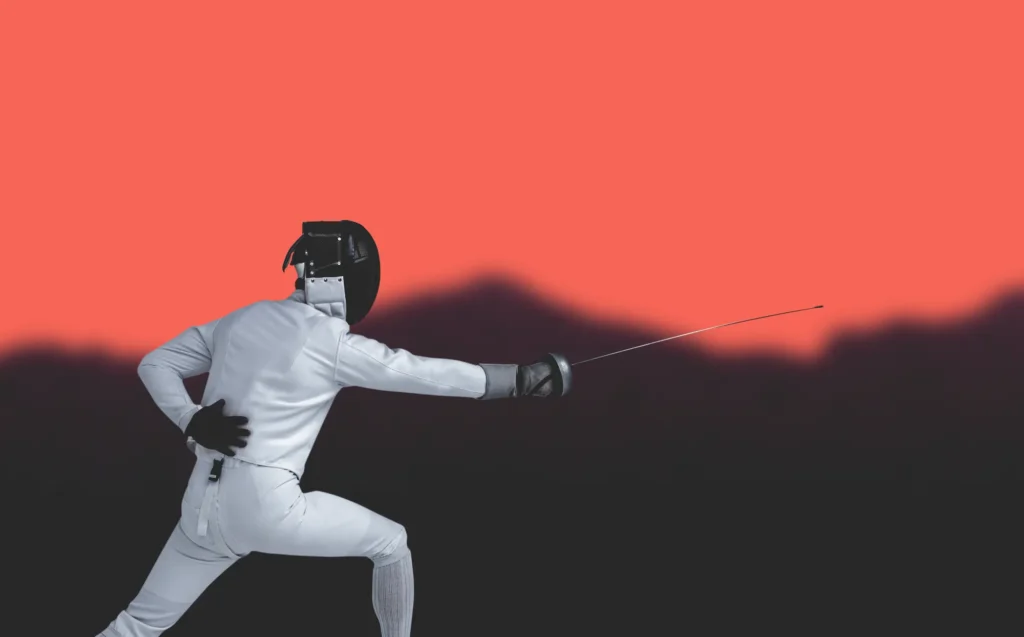
To thrust with a functional rapier, start by focusing on a specific target. Stand in a balanced stance with one foot slightly forward, ensuring you’re stable. Extend your arm forward and aim to pierce directly toward your chosen point, keeping your wrist steady for control. Visualize reaching out to “touch” the target with the blade’s tip, using a smooth, straight motion.
As you thrust, keep your shoulders relaxed and avoid overextending. Let your body naturally follow the movement, allowing for a slight forward step to add reach and stability. Practicing this motion will help you deliver precise, effective thrusts that maintain distance while maximizing control.
How to Cut with a Rapier
While it’s primarily designed for thrusting, it can deliver effective cuts in close-range situations. Start by positioning the blade slightly off to one side, focusing on the edge you’ll be using to strike. With your wrist relaxed but steady, sweep the blade in a controlled arc toward your target. Imagine guiding the blade to “slice” through the target rather than hacking at it.
For added control, keep your elbow slightly bent and use a fluid motion, allowing the blade’s natural weight to do the work. Practice keeping your cuts precise and sharp, aiming to maintain balance and avoid overextending.
Practice Drills
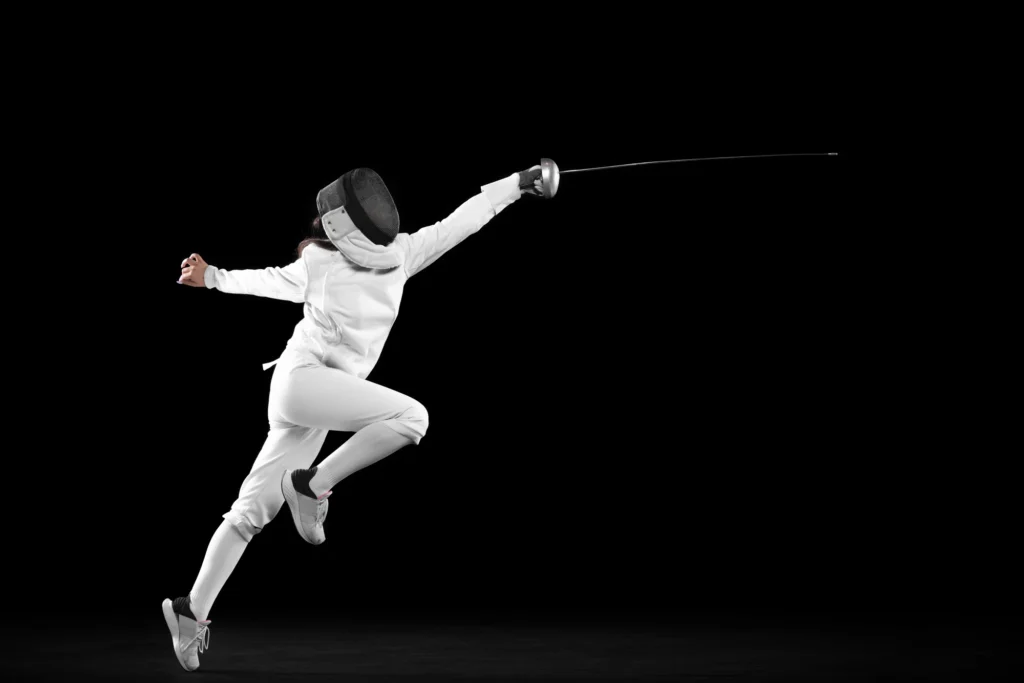
Solo Training – Practice on your own with exercises like shadow movements, where you simulate attacks and defenses without a partner. Work on your footwork by advancing, retreating, and lunging in front of a mirror to check your form.
Partner Exercises – With a partner, practice basic thrusts, parries, and ripostes. Take turns attacking and defending to improve your timing and coordination. Another good drill is to practice feints and counters, helping both partners learn to react quickly.
Conditioning – Improve your strength and agility with physical exercises. Do lunges, squats, and core workouts to build the muscles you use in fencing. Include cardio exercises like running or jumping rope to boost your stamina and overall fitness.
How to Fight with a Rapier

Fighting with a real rapier is about reading your opponent and using strategy to outmaneuver them. Since a rapier relies on precision your approach should be calculated and patient. Here’s how to apply advanced techniques effectively:
Mastering Feints
Use feints (fake attacks) to trick your opponent into reacting defensively, exposing an opening. A subtle shift in the wrist or a brief forward movement can suggest a thrust without committing to it. This tactic encourages your opponent to make the first move, giving you a chance to exploit their reaction.
Using Angles to Your Advantage
Instead of directly advancing or retreating, try stepping diagonally to create angles. By positioning yourself slightly off-center from your opponent, you force them to adjust, which can disrupt their rhythm and give you an opportunity to strike from an unexpected angle.
Controlling the Line of Attack
In rapier fighting, the “line” is the direct path between you and your opponent. Keep your blade aligned along this line to maintain a direct threat while minimizing openings. Control over this line forces your opponent to work harder to reach you and keeps you in an optimal position to counter.
Maintaining Focus and Patience
Rapier fighting rewards patience. Avoid rushing your moves; instead, observe your opponent’s patterns and look for openings. By staying calm and composed, you increase your chances of catching your opponent off-guard when they overcommit.
Using the Non-Weapon Hand
If trained, you can use your off-hand to hold a small dagger or cloak for extra defense. This hand can assist in blocking or deflecting attacks, offering additional protection without compromising your position or exposing your main hand to strikes.
Suggested Reading
If you’re looking to delve deeper into the art of rapier use, Venetian Rapier by Nicoletto Giganti is an invaluable resource. This book transports you to the fencing school of renowned Renaissance master Nicoletto Giganti, providing step-by-step lessons and clear explanations on using the rapier and rapier-dagger combination. With detailed illustrations and a faithful translation by expert Tom Leoni, it’s perfect for martial artists, fencers, or anyone fascinated by European martial culture.
Last Words
Mastering the art takes patience, practice, and attention to detail. By building a solid foundation with the basics and advancing through key techniques like thrusting, cutting, and strategic movements, you’ll develop both skill and confidence.
Remember, mastering the rapier takes time and dedication. Regular practice and continuous learning are key to improving your skills. Stay motivated, keep practicing, and enjoy the journey of becoming a skilled fencer.


